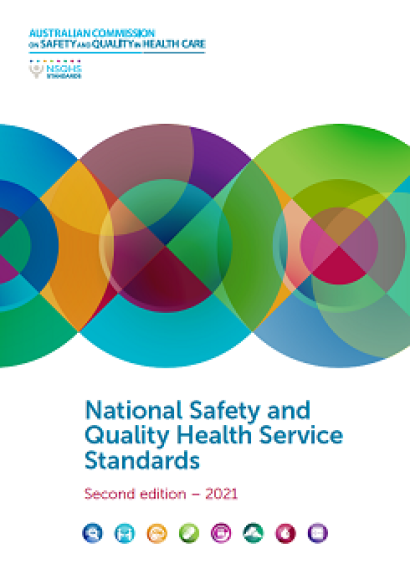Hospital and Aged Care Antimicrobial Use
Data on antimicrobial use in Australian hospitals are collected by the National Antimicrobial Prescribing Survey (NAPS) and the National Antimicrobial Utilisation Surveillance Program (NAUSP).
NAPS also collects data on antimicrobial use and infections in aged care homes.
National Antimicrobial Prescribing Survey (NAPS)
The Hospital NAPS and the Surgical NAPS collect data on appropriateness of antimicrobial prescribing in hospitals.
The Aged Care NAPS collects information about antimicrobial use and infections in aged care.
Information about Hospital NAPS, Surgical NAPS and Aged Care NAPS and annual reports for each program are available on the NAPS website.
The National Centre for Antimicrobial Stewardship (NCAS) publishes circulars that include analyses of NAPS data on particular topics such as appropriateness of antimicrobial prescribing for chronic obstructive pulmonary disease (COPD), topical antimicrobials and surgical prophylaxis.
To view the full list of circulars, visit the NCAS website.
National Antimicrobial Utilisation Surveillance Program (NAUSP)
NAUSP collects information about the volume of antimicrobial use in Australian hospitals and health services.
Information about NAUSP and reports on NAUSP data are available on the NAUSP website.
Antimicrobial stewardship and quality improvement
Participation in NAPS and NAUSP and use of data from these programs for improvement of appropriateness of antimicrobial prescribing is one option that may assist with meeting the antimicrobial stewardship (AMS) actions of the National Safety and Quality Health Service Preventing and Controlling Infections Standard and the Aged Care Quality Standards.
Health service organisations and aged care homes may use other tools or processes to monitor antimicrobial prescribing and use, evaluate the performance of AMS programs and design quality improvement interventions.

